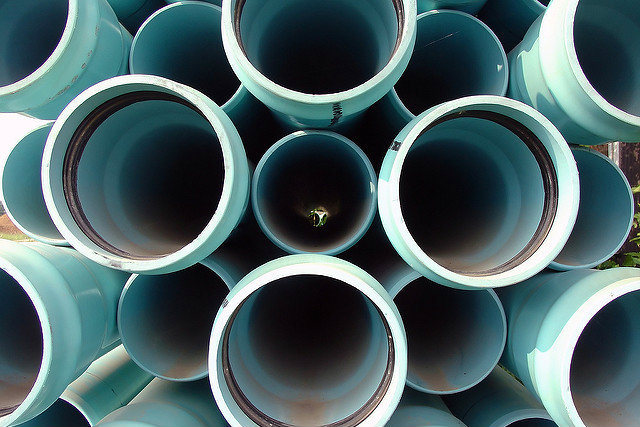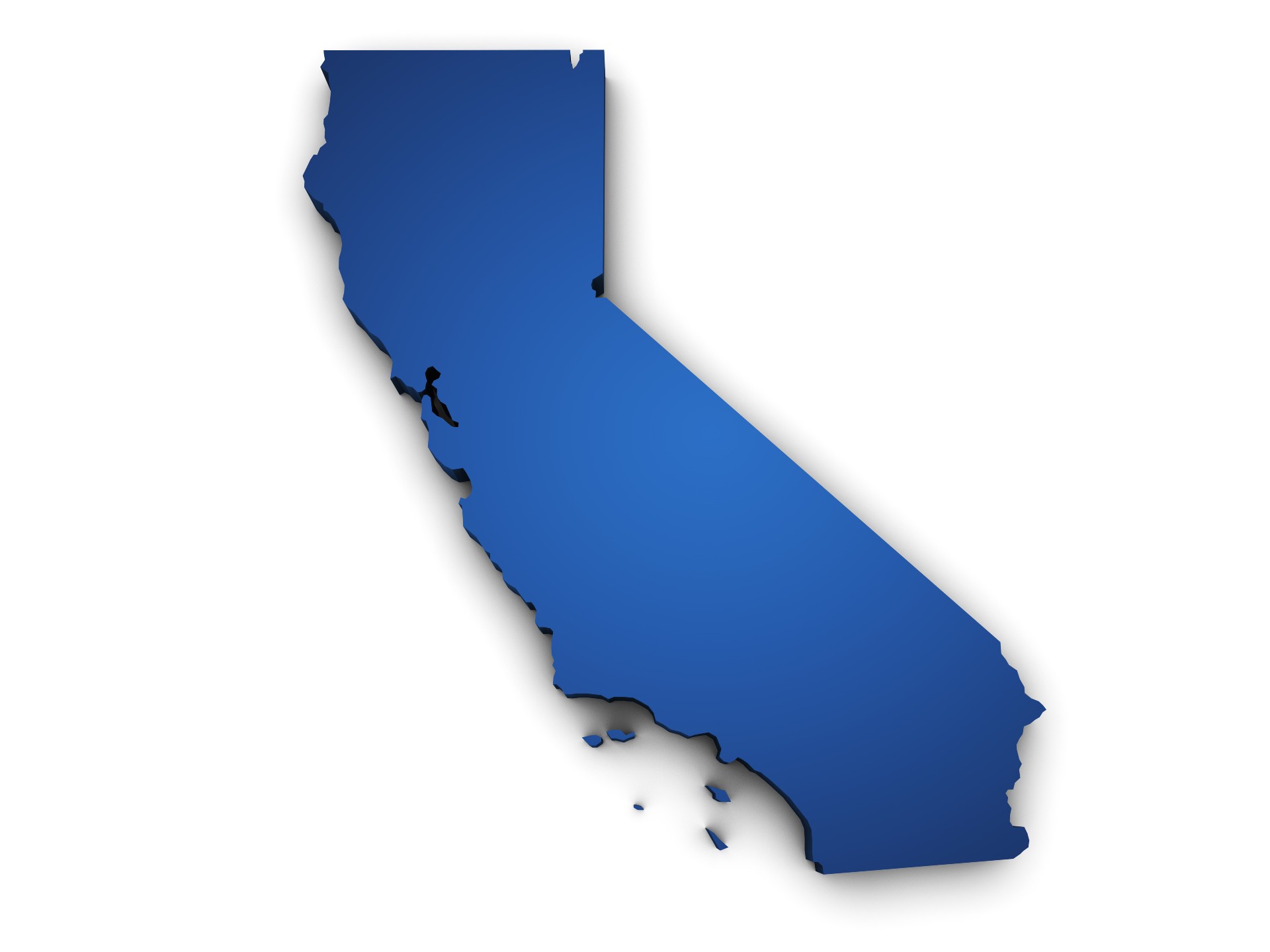Virtually everyone involved in the aquatics industry has heard of NSF/ANSI 50. It is the standard for nearly every product at a pool, spa or waterpark, containing detailed criteria for assessment of materials, chemicals, products and systems used at recreational water facilities such as pools, spas, waterparks and spraypads.
The primary NSF/ANSI 50 emphasis is on product durability, safety and performance for a wide array of product types made from various materials. Some of the products covered by NSF/ANSI 50 are safety products such as suction fittings, pool and spa covers, safety vacuum release systems and pool alarms. Other products are important water circulation and filtration devices, filters, pumps, skimmers, grates, heaters, return fittings and valves. NSF/ANSI 50 also addresses performance of primary disinfectant chemical generators and feed systems, as well as secondary treatment systems such as ozone, UV or copper/silver systems. NSF/ANSI 50 additionally addresses automated controllers and water quality testing devices.
But there are other NSF standards that cross over into the pool and spa market such as NSF/ANSI 14, 42, 53, 55, 61, 372, 419, etc. Each of these is different from NSF/ANSI 50, either due to the products covered, the use of the products, or the testing and technical requirements. Knowing these standards helps designers, specifiers, builders and operators make good decisions.
Some of these other NSF standards only address certain product technologies (such as UV), or the criteria may only address material safety assessment (such as NSF/ANSI 61). Of the many NSF standards and criteria for various industries and product applications, the following are relevant to the recreational and aquatics markets.
NSF/ANSI 14: Plastics Piping Systems and Components
NSF/ANSI 14 was first published in 1965 and is used for evaluation of plastic pipe, fittings and materials used throughout the plumbing industry. It addresses many different types of thermoplastic and thermoset materials and products such as pipe, fittings and appurtenances. The standard includes detailed requirements for material and product performance, material health safety and production site QA/QC for the following uses: fire safety, natural gas, potable water, corrosive waste, radiant/hydronic heating, drain, waste, vent and other applications. When you see the NSF-pw NSF certification mark on a product, you know that it was tested and certified for material safety and performance for pressurized water applications. The markings also list the specific product performance standard (e.g., ASTM D1785), product size (e.g., 4-inch SCH 80), product pressure rating (e.g., 160psi at 73 degrees F) and material type (e.g., PVC 1120/12454B). NSF performs a vital role in making recreational water facilities safe and easy to design, build and operate.
NSF/ANSI 42: Drinking Water Treatment Units — Aesthetic Effects, and NSF/ANSI 53: Drinking Water Treatment Units — Health Effects
NSF/ANSI 42 and 53 are companion standards used by NSF to test and certify a variety of drinking water treatment materials and products. Materials may be tested and certified for chemical extraction risk and health and safety to the requirements in NSF/ANSI 42. Under NSF/ANSI 42 and 53, products may be tested and certified for health safety, structural integrity (including burst safety and cyclical pressure strength) and various contaminant reduction claims. NSF/ANSI 42 contains the requirements for material safety, structural integrity and some contaminant reduction tests. It also contains the aesthetic effects (contaminants that are displeasing, but not a significant health risk) contaminant reduction testing requirements (e.g., chlorine taste/odor, particulates, iron, etc.). NSF/ANSI 53 contains the health effects (contaminants that can cause harm to humans) contaminant reduction testing requirements (e.g., asbestos, cysts, lead, mercury, VOCs, etc.). Drinking water treatment systems certified to either NSF standard appear in NSF’s online listings
NSF/ANSI 55: Microbiological Water Treatment Systems
NSF tests and certifies big UV systems to NSF/ANSI 50 for the pool, spa, waterpark and spraypad markets. NSF tests and certifies smaller UV systems to NSF/ANSI 55 for residential water treatment. NSF/ANSI 55 establishes minimum requirements for the reduction of microorganisms using low pressure ultraviolet radiation (UV). It has two levels of performance testing/certification: Class A and Class B systems for waters that may be either microbiologically safe or microbiologically unsafe for point-of-use and point-of-entry applications.
Class A point-of-entry and point-of-use systems are designed to inactivate and/or remove microorganisms, including bacteria, viruses, cryptosporidium oocysts and giardia cysts from contaminated water. Class A systems are not intended for the treatment of water that has an obvious contamination or intentional source, such as raw sewage, nor are systems intended to convert wastewater to drinking water. The systems are intended to be installed on visually clear water (not colored, cloudy or turbid). Class A systems not installed downstream of a device tested for cyst reduction/inactivation in conformance to the appropriate NSF/ANSI standard may claim cryptosporidium oocysts and giardia cysts only. Class A systems installed downstream of a device tested for cyst reduction/inactivation in conformance to the appropriate NSF/ANSI standard may make a general cyst claim when used on untreated surface waters and/or ground water under the direct influence of surface water.
Class B point-of-entry and point-of-use systems are designed for supplemental bactericidal treatment of disinfected public drinking water or other drinking water that has been tested and deemed acceptable for human consumption by the local authority having jurisdiction. The system is designed to reduce normally occurring nonpathogenic nuisance microorganisms only. The Class B system is not intended for the disinfection of microbiologically unsafe water and may not make individual or general cyst claims, or microbiological health effects claims.
NSF/ANSI 61: Drinking Water System Components-Health Effects
NSF/ANSI 61 establishes minimum health effects requirements for chemical contaminants and impurities that are indirectly imparted to drinking water from materials, products and components used in drinking water systems such as coatings, pipes, fittings, filters, pumps, valves, etc. The standard does not establish performance, taste and odor, or microbiological support requirements. The standard contains detailed instructions for how products are tested, including exposure to various challenge waters, water analysis requirements, laboratory-to-field use, condition normalization of testing data, and acceptable limits of human exposure for many different elements, chemicals and compounds. The NSF/ANSI 61 certification mark provides assurance that the product has been audited, tested and certified by NSF International for drinking water health safety.
NSF/ANSI 419: Performance of Membrane Filters
NSF/ANSI 419 is used to assess the drinking water performance of municipal membrane and bag/cartridge water filtration products. This NSF standard was derived from U.S. EPA LT2 requirements for performance testing and quality assurance needs for preventing biological contamination of drinking water. Membrane treatment systems are tested at NSF for performance, enabling water utility operators and product manufacturers to evidence conformance with state drinking water requirements. This standard involves testing multiple products for membrane integrity, turbidity reduction and biological challenge reduction. Membrane manufacturers strive for 3-log (99.9 percent) or better contaminant reduction levels.



